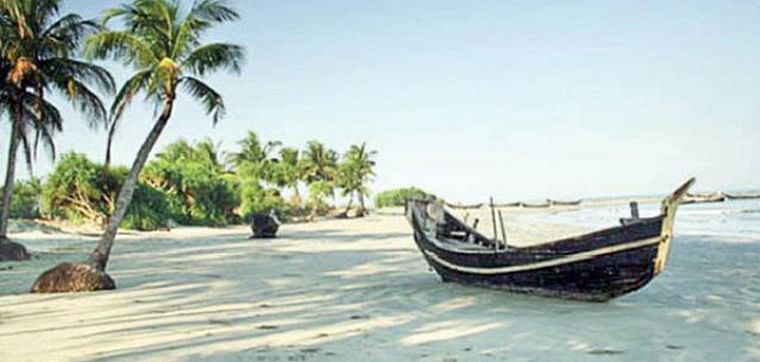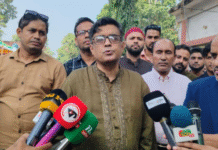
The country’s only coral island, Saint Martin’s, may be depleted of coral by 2045, reveals a study. The tree-covered areas of the island are also shrinking while both the population and tourists are increasing. The new hotels and infrastructure sprouting up are putting extra pressure on the island’s biodiversity. The unique natural features of the island are being destroyed.
A study by two teachers and a student of Dhaka University has revealed this picture of coral depletion on the island. The island does not have even one-third of the coral it had four decades ago. Coral is a type of invertebrate marine animal. Due to the hard shell outside, it is often mistaken for a stone. Coral consists of a number of tiny creatures called polyps.
The study was published on 9 September in the international Ocean Science Journal. The authors of the article, ‘Identifying the Coral Degradation of St. Martin’s Island in the Bay of Bengal using Geospatial Technology’, are Kawser Ahmed, a professor at the Department of Oceanography of Dhaka University, Yusuf Gazi, lecturer in the Department of Geology, and Tahrima Jannat, a former student in the Department of Oceanography.
Nur Ahmed, chairman of St. Martin’s union parishad (UP), told Prothom Alo over phone on Wednesday afternoon that there had been erosion around the island. The size of the island has also decreased over the years due to erosion. To protect the island, embankments need to be built quickly based on expert recommendations. He said there is no government initiative to protect the coral and algae of the island. However, they have been working to stop coral extraction and smuggling locally for two years. He also said, there is no government allocation and measure to remove the amount of waste left by the tourists.
To understand the comparative picture of St. Martin, the researchers analysed images taken from satellites. The pictures are obtained from 1980 to 2018. Field research was conducted, too. In 38 years, the coral covered area on the island decreased from 1.32 sq km to 0.39 sq km. The number of coral species has come down from 141 to 40. The tree-covered area has been reduced from 4.5 sq km to 3 sq km.
Researchers say that the regulators of coral growth on marine islands are the temperature of the water, the amount of salt in the water, the amount of sand, the acidity of the water, the intensity of the waves, the dissolved oxygen, and so on. However, the main regulator is oxygen. Gradually the natural balance of these regulators is being disturbed.
Humayun Akhtar, a professor of geology department of Dhaka University, told Prothom Alo that St. Martin’s Island is rich in biodiversity. Coral is on the island because of its fresh water. The water quality has deteriorated due to uncontrolled movement of tourists. Measures should be taken to preserve the island as one of our national resources.”
* The report, published in the print edition of Prothom Alo, has been rewritten in English by Farjana Liakat









